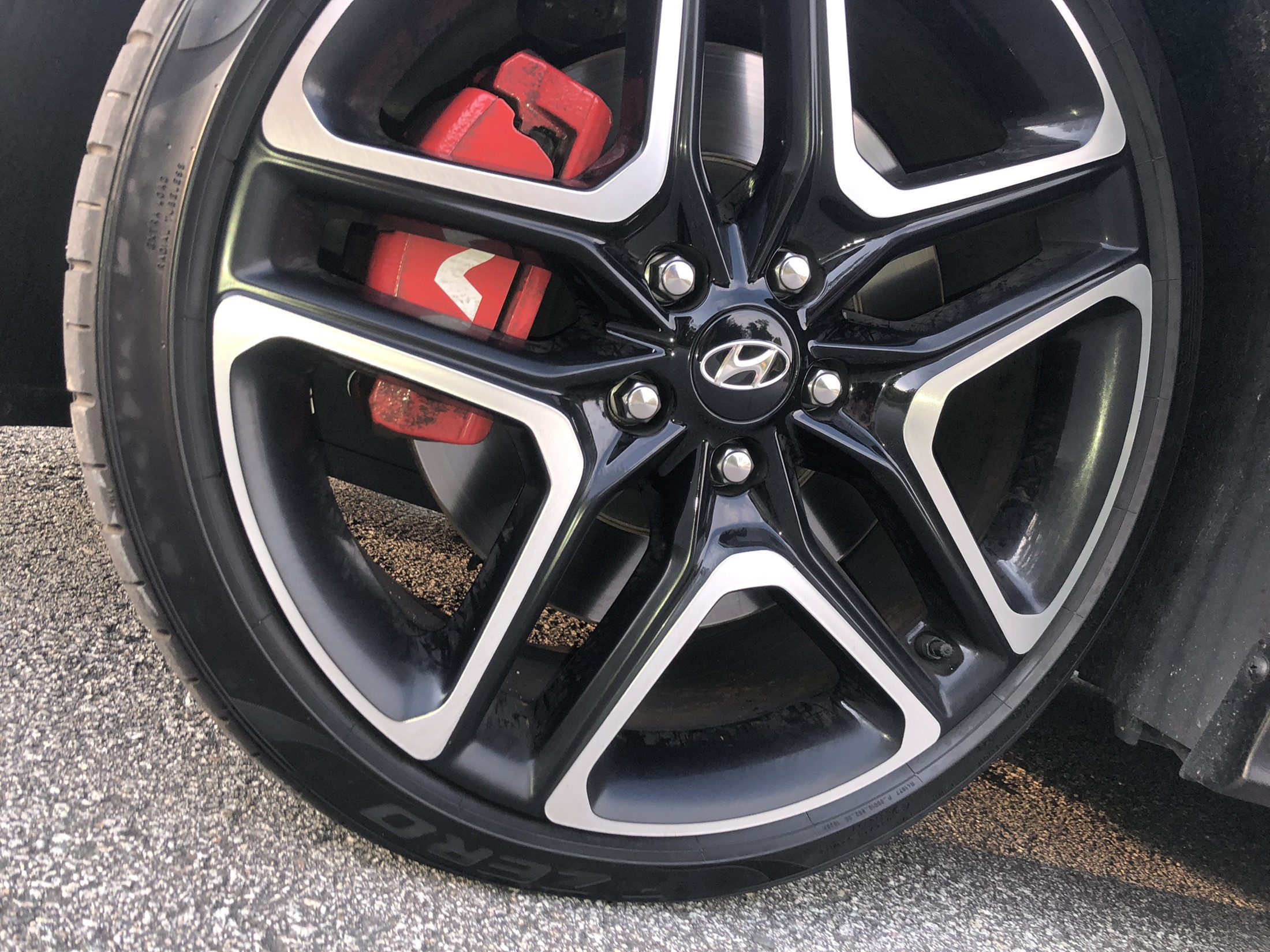Hyundai has certainly been making waves in recent years thanks in part to performance entries such as the Veloster N hot hatch, as well as the luxurious and massively versatile Palisade three row SUV. However, Hyundai has turned its collective gaze to the skies, and formally revealed that it plans to enter the developing world of flying cars.
Hyundai is of course, not the first automaker to express interest in dabbling in the idea of a flying car for the masses. But, the Korean car giant IS the first automaker to actually create a distinct division just for this purpose. Dubbed the Urban Air Mobility Division, Hyundai reps claim that this new division aims to find ways to reduce congestion caused by what the company calls “rapid mega-urbanization.” To help bring some much needed experience into the broader planning and development stages, Hyundai hired former NASA engineer Dr. Jaiwon Shin. Before his current role in the Urban Air Mobility Division, Shin was the former head of the Aeronautics Research Mission Directorate at NASA during his time with the government agency. This is an impressive accolade, and his knowledge should be very beneficial to the young program.
“Having worked on cutting-edge aviation research and development at NASA for 30 years, I am very excited and humbled by the opportunity to now shape urban air mobility strategy at Hyundai Motor Group” Shin revealed in an accompanying statement during Hyundai’s announcement of his hiring. “the new team at Hyundai will develop core technologies that will establish the company as a driving force in urban air mobility, a sector that is expected to grow into a market worth USD 1.5 trillion within the next 20 years.”
When viewed at face value, the goals of Hyundai’s Urban Air Mobility Division seem to be pretty straight forward at this stage of the game. It “aims to provide innovative and smart mobility solutions never seen or thought of before,” according to a statement from the company, and that could include alternative engine technology. With such an expansive and equally broad scope of priorities, it will be interesting to see what this team creates in terms of an actual product. As mentioned, while Hyundai is the first automaker in the world to bring flying car development in house, the company’s move follows similar actions by some of its rivals. Toyota for example recently invested $375,000 into a project by a group of its employees that had been developing a single person flying machine. Early tests had mixed results, but the group is still determined to create a flyable machine that could be used to light the Olympic torch when the Olympic Games make there way to Tokyo in 2020.
Another firm, the Chinese mega company Geely, is also toying with flying cars, and the same firm that owns both Lotus and Volvo, recently scooped up flying car brand Terrafugia back in 2017. The latest in a recent string of strategic acquisitions, Terrafugia has successfully taken prototypes airborne, though the firm is still a long way off from producing a production spec flying machine. As for Hyundai, look for eager flying car enthusiasts to endure a long wait for their first flying car, with Hyundai remaining mum on how long it will be before consumers can see a mass produced flying car. Despite this though, the chance of finally reliving your inner Jetsons fantasy has never been closer to our reach than it is now, and if all the cards fall into place, the skies could be a lot more crowded in the distant future.

Carl Malek has been an automotive journalist for over 10 years. First starting out as a freelance photographer before making the transition to writing during college, his work has appeared on numerous automotive forums as well as websites such as Autoshopper.com.
Carl is also a big fan of British vehicles with the bulk of his devotion going to the Morgan Motor Company as well as offerings from Lotus, MG, and Caterham. When he is not writing about automobiles, Carl enjoys spending time with his family and friends in the Metro Detroit area, as well as spending time with his adorable pets.

